
In the Victorian era, in the shadow of Darwin's revolutionary theory of evolution, a sinister ideology took root — eugenics. It was an attempt to impose political control upon humanity’s unruly DNA by encouraging those with "desirable" traits to breed, while removing those with "undesirable" ones from the gene pool.
The idea, which enjoyed popular support among scientists, politicians and the general public for 60 years in Europe and the U.S., later became a cornerstone of Hitler’s Third Reich, taking the world on a horrific journey from forced sterilizations to the mass murder of millions in concentration camps such as Auschwitz.
Yet remnants of the now-discredited practice still haunt us to this day — glimpsed in reports of involuntary sterilizations of Uyghurs in China and detainees in U.S. Immigration and Customs Enforcement (ICE) detention centers; in the claims made by new biotech companies to be able to successfully screen human egg cells for traits like intelligence; or the controversial creation of gene-edited twins by a biophysicist in China.
In Adam Rutherford’s new book "Control: The Dark History and Troubling Present of Eugenics," (W.W. Norton & Company, 2022) the British geneticist and science writer time travels to the very beginning of what he calls "a defining idea of the 20th century" to explain its persistent hold on our present. His starting point is his own university, University College London, where Darwin’s younger half-cousin, the polymath Francis Galton, first coined the term 140 years ago.
Live Science spoke with him about how eugenics originated, why it failed, and why he believes it still lives with us now.
What is the modern definition of "scientific" eugenics, and how did Charles Darwin and Francis Galton contribute to its creation?
As far as we can tell, the idea of trying to control and mold populations through biology — by restricting reproductive rights or in the infanticide of babies deemed unworthy — appears to be almost universal in almost every culture as long as we have records.
What happened in the 19th century, though, is the emergence of the ideas of natural selection and evolution in 1859 as described by Charles Darwin. Darwin demonstrated that the behavioral or physical characteristics of any species can be changed over generational time by selection, either natural or artificial. Darwin doesn't mention humans in the "Origin of Species" at all, but later on, in 1871, he published the "Descent of Man" which is the application of evolutionary theory to humans.
Darwin’s half cousin, Francis Galton — who was very enamored with the work of his relative, and his celebrity status — took those principles of artificial selection and applied them to human populations. He wanted to craft better societies, better cultures, filled with people with more "desirable" characteristics.
Galton wrote about the inheritance of genius in 1869 and he developed statistical techniques to model how societies should be shaped. He believed that the characteristics of humans are determined much more by biology than they are by environment, and he is the person who gives us the phrase "nature versus nurture," where nature is what we now call genetics and nurture is everything that isn't.
By 1883, he had come up with a term for this attempt to alter humans physically or behaviorally by changing their social structures: eugenics. It provided a scientific scaffold to the ancient idea of reshaping populations according to biological means.
Related: Charles Darwin's stolen 'tree of life' notebooks returned after 20 years
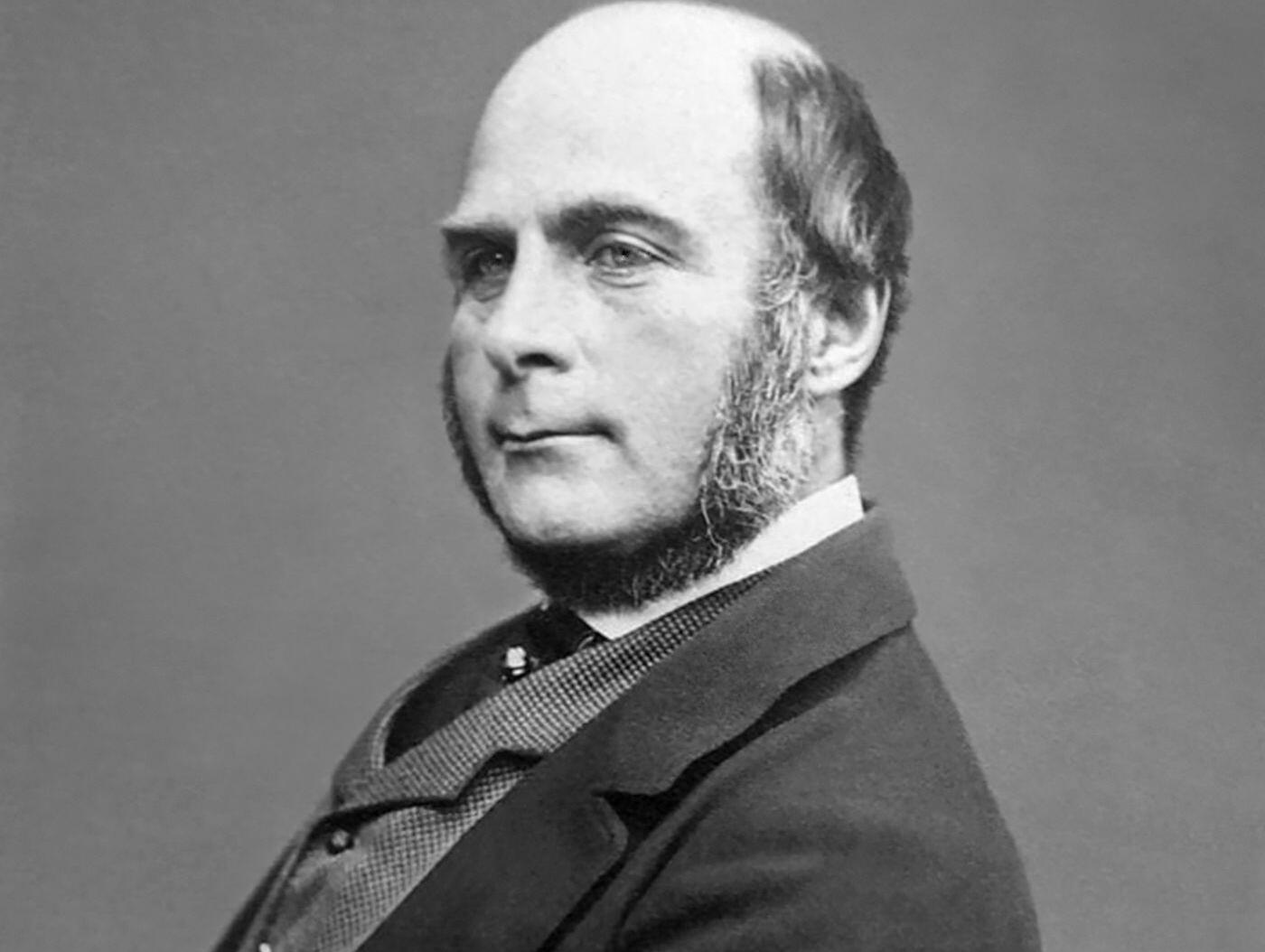
Yet the eugenics we’re discussing here emerged as an idea before Gregor Mendel gave us the concept of the unit of heritable information — the gene. What did eugenicists believe about how we inherit traits such as intelligence? And how did early developments in genetics influence them?
When Darwin described natural selection in 1859, he didn’t have a mechanism, just an overall scheme: evolution occurs as descent with modification. But he didn't know what was descending; what the unit of inheritance was; or how the inherited characteristics were divided up.
Meanwhile, Gregor Mendel is in Moravia working on his famous pea plants experiments. He breeds the plants together, carefully selecting them for specific traits. And through this he identifies inheritance patterns that can be expressed by the passing of discrete units of inheritance from generation to generation, and that these patterns can be predicted with alarming accuracy. What he discovered is the units of inheritance we call genes.
These two things are happening in parallel, but Mendel's work was only translated into English in 1900, after which it became the framework for genetics. The rediscovery of his work and the concept of the gene happens at exactly the right time for the eugenicists. Now, not only do they understand that humans are mutable and can change over generational time, but they have the unit of inheritance, the Mendelian gene. It gives a huge boost to the eugenicists' hereditarian thinking, cementing the idea that characteristics are encoded more genetically than they are environmentally.
So what is it exactly about hereditarian thinking that’s wrong?
In most countries, we start teaching genetics by talking about Mendel’s pea plants. We say he discovers the unit of inheritance, the gene, and this is how they run through families — recessive, dominant, co-dominant and there’s all these statistical models that emerge from that.
It’s not untrue, but what we neglect to mention is that Mendel’s experiment is one of the best designed experiments in the history of biology … He bred 29,000 pea plants together, carefully selecting them to account for genetic complexity. Those that remained displayed uniform and easily identifiable traits such as wrinkly pea shape, petal color, and height. This makes them effectively monogenic-expressing plants [meaning one gene determines each of these traits], but that’s not how people work in the wild.
The notion that there are single genes for particular traits and that these are deterministic is a culturally ubiquitous idea. Yet by the time that we finished sequencing the human genome in 2003, we found that while there are thousands of monogenic traits, they're all influenced by other genes, by other phenomena within the genome, and also heavily affected by the environment too. We are complex symphonies of our genes and our environment. There are vanishingly few characteristics which are binary and predictable based on genetics. Whether you have sticky or dry earwax is a monogenic trait, but eye color is polygenic — at least 15 genes have been identified that influence iris color.
The reason why people assume eye color is genetically simple is because Charles Davenport, the key protagonist in the American eugenics movement, claimed that Mendelian genetics meant he could show that every trait — eye color, hair color, sexual proclivities, poverty, and weirdly even seafaringness — were mendelian, they were controlled by a single gene, and if you had that gene, you had that trait, and it’s not true. It’s a deterministic, monogenic, genetic-essentialist argument. And it is simply not correct.
Related: Your doppelgänger doesn’t just look like you — they behave like you too
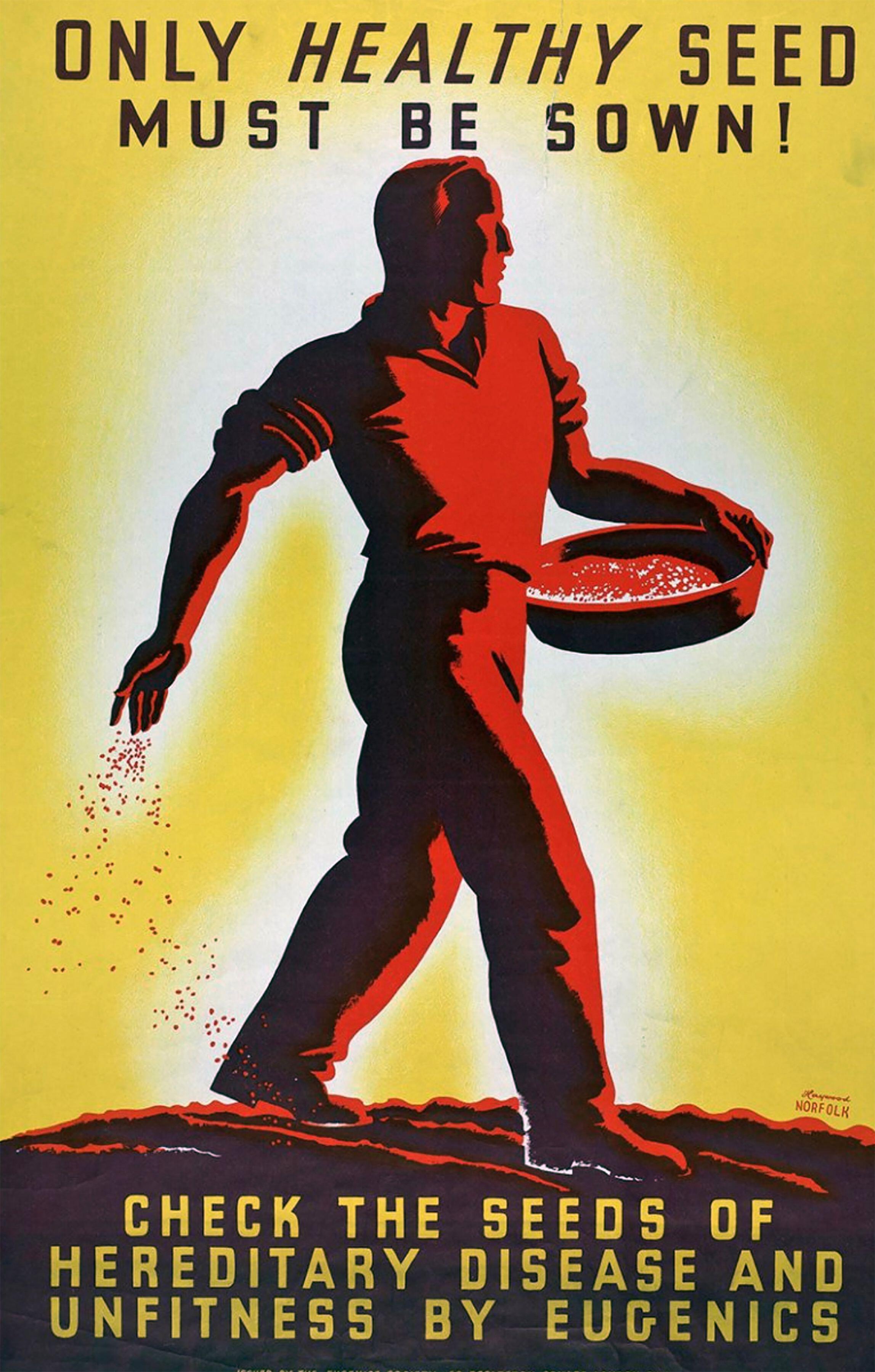
From its starting point in Victorian Britain, eugenics went on to take root across Europe and the U.S., finding supporters in figures such as Winston Churchill, George Bernard Shaw, Theodore Roosevelt, John D. Rockefeller, Jr., and John Harvey Kellogg. Why was it so popular? And how did it shape politics in the U.K. and the U.S. in the late 19th and early 20th centuries?
It was enormously popular, and it's quite humbling for us to understand how popular it was not just in culture, but across the political spectrum. It's easy to associate eugenics with the Holocaust and other Nazi atrocities. But in fact, it was equally well supported on the emerging socialist left in Britain, and across all demographics in the United States — where it really took hold with a fervor.
In the U.K., we have the end of the Victorian era. You have the repeal of the Tudor poor laws transferring care for those at the bottom of society from church to state; massive urbanization as a result of the Industrial Revolution; you've got a lot of emigration from the colonies; and you've got a lot of trouble in those colonies too. [British defeat during] the Boer Wars had a significant effect in prompting people like Churchill to say: ‘Well, we're not fit enough to deal with those we regard as an inferior species.’
So to solve these visible problems in British society, politicians and scientists turned to this new idea that Galton was championing — instead of social reform, we need biological reform. And the most powerful people are the ones deciding who gets to reproduce.
In America, it's the same but different. Immigration is the hot topic of the day — something like 15 million people migrated into the United States between the years 1900 and 1915 — and it is, as it is to an extent today, the most contentious subject. You see this idea emerging called the "great replacement theory," which is that the existing population is being threatened by an underclass. Immigrants, Indigenous Americans and the descendants of slaves are having too many children, the theory goes, and the upper classes are not having enough. It's never been shown to have been the case, but it’s a persistent threat. Dare I say a phantom menace?
The great replacement theory continues to this day. It’s a topic discussed all over the world, but particularly by the right in Silicon Valley and by extreme white supremacists and neo-Nazis in America and globally.
It has echoes of the 2006 film Idiocracy. Its plot is that stupid people, too reckless to spend time considering family planning or contraception, will outbreed everyone else, making the far future one populated exclusively by idiots. It seems to present a reductive understanding of how a complex trait like intelligence is passed on.
It’s incredibly reductive. What all of my work tends to be about is how quickly biology and new scientific research gets co-opted into pre-existing political ideologies. It's a pattern that we see throughout history. People do research, discover new things, publish it and then watch how quickly it gets used to reinforce the ideas that people already have. It’s why I encourage learning the history of biology to mitigate against that because the crimes justified by it are two of the most significant geopolitical problems that we've had for the last 500 years: European expansionism and scientific racism and eugenics.
Related: Dark regions of the genome may drive the evolution of new species

The U.K. narrowly avoided putting forced sterilization into its eugenics laws, but it did happen in the U.S. Do you mind taking us into how both countries brought eugenics into legislation?
Sure. Even though the concept of eugenics was invented in the U.K., the British were slower to get off the mark than the Americans, who adopted eugenics policies very enthusiastically. The first enforced sterilization bills passed in Indiana in 1907. Over the course of the next few decades, 31 states introduced coerced sterilization as part of their eugenics policies.
Meanwhile, in the U.K., politicians and social campaigners are promoting eugenics, but it’s Winston Churchill who's trying to drive it into the legislation. He’s specifically influenced by the Indiana laws. He reads a pamphlet by a doctor from the Indiana reformatory called Harry Clay Sharp. Sharp is best described as an enthusiastic vasectomizer — he claimed he could do 300 vasectomies a day without any anesthetic or health repercussions.
Churchill read Sharp’s pamphlet, underlining passages as he went, and during his time as Home Secretary under the Asquith government [1908-1915] he proposed legislation for the involuntary sterilization of the "feeble-minded"— a kind of pseudo-psychiatric bucket diagnosis for mental health and developmental problems. Churchill suggested the procedure could be performed with X-rays. He was involved in the early drafts of the U.K.’s Mental Deficiencies Act, which did pass in 1913, but his involuntary sterilization suggestions were removed. A lot of that was due to the campaigning work of the member of parliament Josiah Wedgewood, a loud but lonely voice who successfully filibustered those parts of the bill.
In America, it was adopted wholesale. The majority of states had coercive sterilization on their books for most of the 20th century. Over this timeframe, somewhere between 70,000 to the highest estimates of 400,000 people were sterilized against their will or knowledge.
One state accounts for half of these, and no-one ever guesses which one it was: California. The main industry in California for much of the 20th century wasn’t Hollywood or Silicon Valley but farming — and eugenicists encouraged a lot of these farmers to apply the same principles to their families as they did their livestock.
Related: New study provides first evidence of non-random mutations in DNA
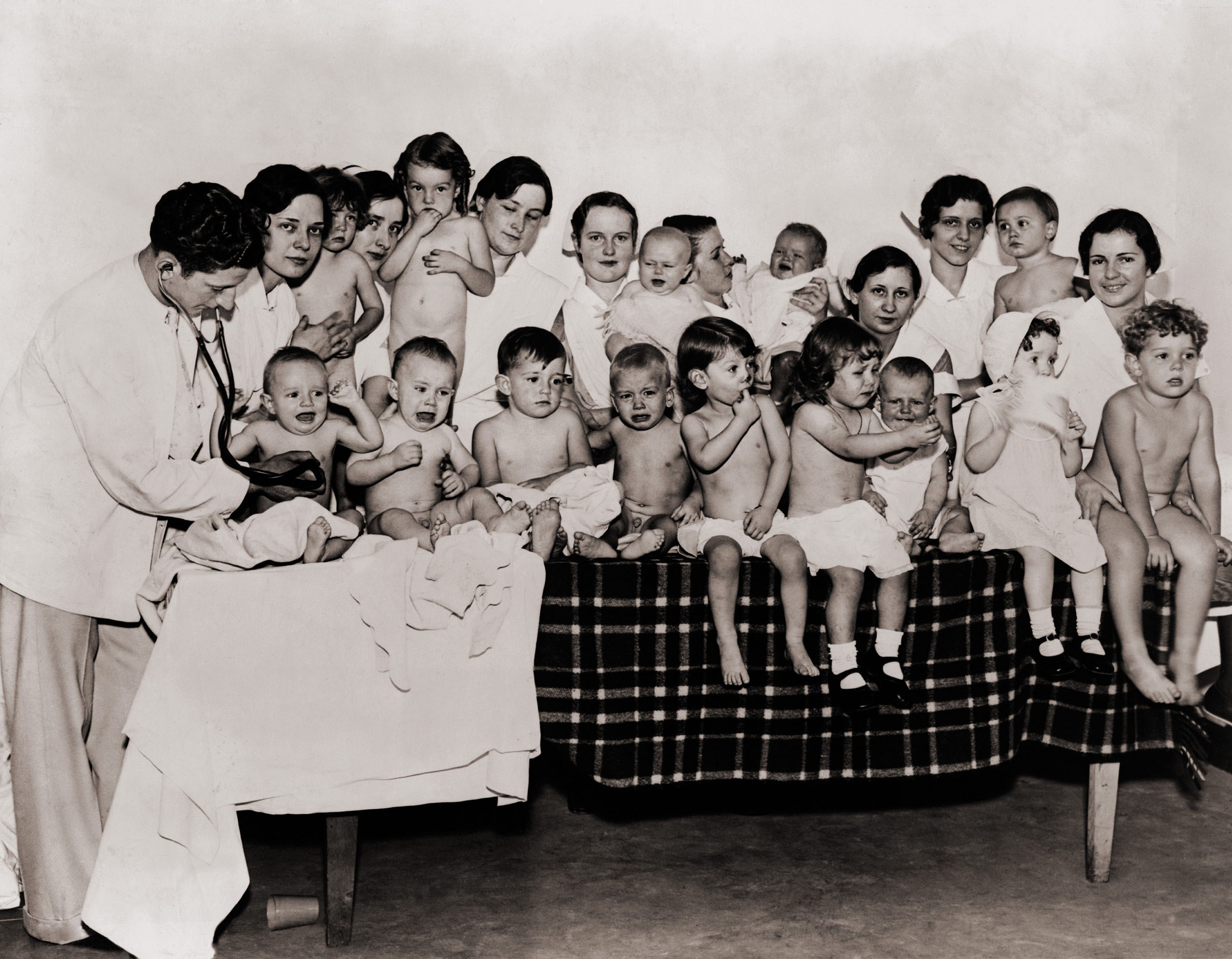
You mentioned that eugenicists believed "feeble-mindedness" was a genetic trait. It always comes as a surprise to people to learn that words like "moron," "imbecile" and "idiot" were the descending eugenicist classifications for low intelligence.
Yeah, that’s right. I'm sure we’ve all called people those things, probably in the last few days. They’re originally American terms that got adopted everywhere else. The term "moron" was coined by Henry Herbert Goddard, who was the first person to translate the IQ test from French into English in America. He was a significant IQ researcher and an important player in this whole story. The idea was you measure IQ and get a diagnosis of "moron," "high-grade imbecile,"’ "low-grade imbecile,'' or "idiot" and that then forms part of a criteria for euegnic selection and sterilization.
You write in your book that eugenics, particularly American eugenics, later served as the inspiration for the Nazis in their pursuit of "racial hygeine." Hitler referred to "The Passing of the Great Race" — a 1916 bestselling book written by American eugenicist Madison Grant — as his "bible," and it was the first foreign language book to be published in Germany after the Nazis came to power. How big an influence did American eugenics have on the Nazis?
It’s undeniable that the key influences for the development of German "rassenhygeine" [racial hygiene], the german word for eugenics] came from the American Eugenics Records Office — the center for the development of eugenics in America in what is now Cold Spring Harbor Laboratories on Long Island, Upstate New York. The key characters in this are Charles Davenport, the head of the lab, and his deputy, a guy called Harry Laughlin.
In 1920, Laughlin saw that states around America were introducing new sterilization bills, but he thought they were doing it in an ad hoc way. So he wrote a template — a boilerplate legal document — that states could simply fill in the blanks for and pass legislation easier. In 1933, this document was translated into German and became the first of the Nuremberg Laws.
None of this is a coincidence. The German eugenics institutions in Berlin were funded by the Rockefeller Foundation, and Charles Davenport and Harry Laughlin were paying these places visits. When Hitler took power in 1933, eugenics became a central principle of what developed into the Holocaust. The Nazis argued for purifying the German people to make them more "aryan" while removing other races and people with disabilities from the gene pool. Nazi policies were fairly haphazard and deranged, and eugenics is just one strand in a complex grouping of racist, ethnonationalist and antisemitic policies.
After the war during the Doctor’s Trials (the first of the Nuremberg Trials focusing on scientific and medical atrocities), the witness testimonies there talk about how some eugenics policies in the U.S. were seen by the Nazis as a little bit too stringent, particularly on who should qualify as Jewish. In the Jim Crow era, the "one drop rule" [referring to "one drop of Black blood"] said that if you had a single ancestor of African origin, then you qualify as African American — regardless of what you look like or what the rest of your ancestry is. The Nazis looked at that and thought it was too strict.
Related: Children's ID tags unearthed at Nazi death camp in Poland
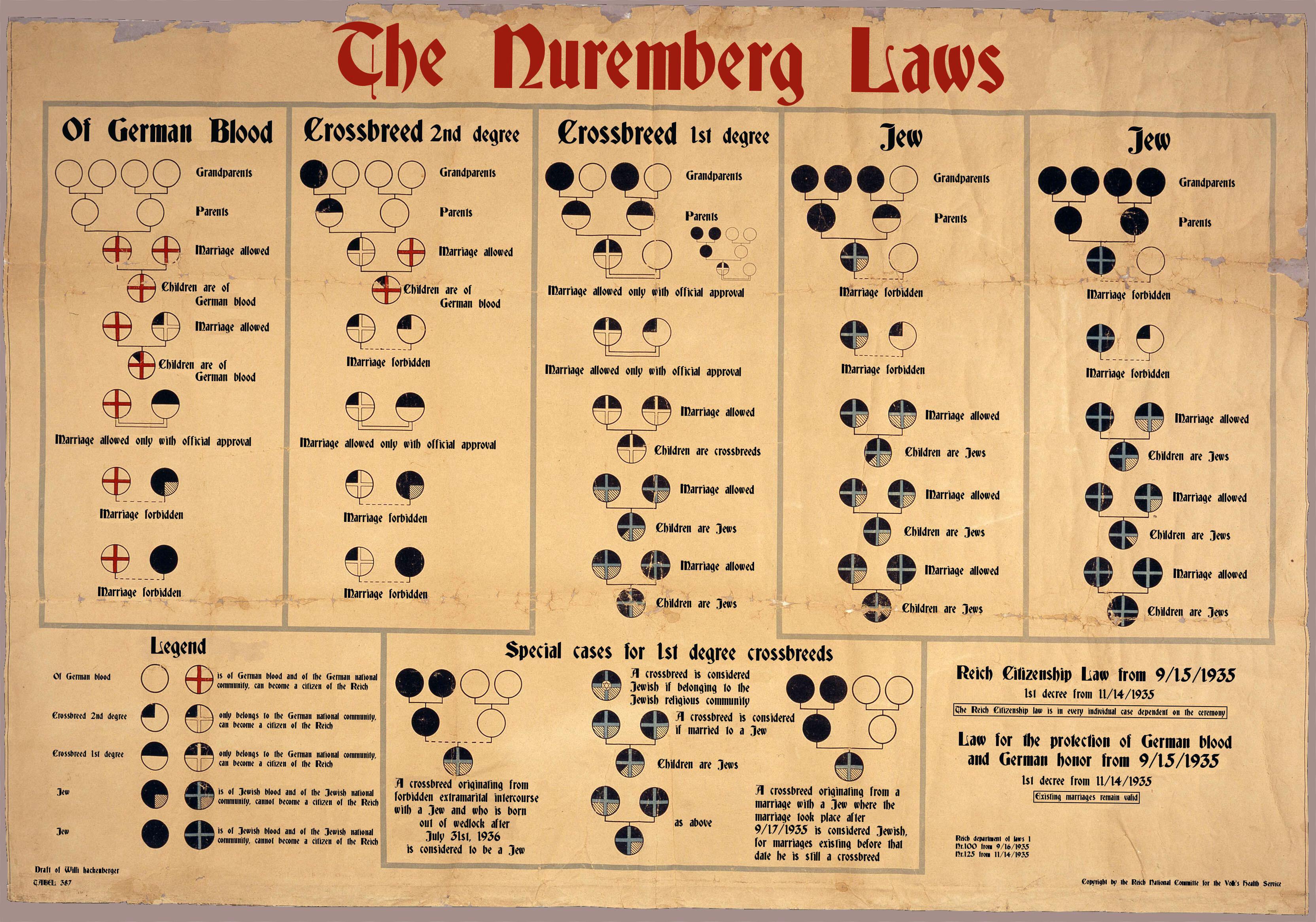
In the aftermath of the Second World War, the horrors of Nazi atrocities and the Doctor’s Trial at Nuremberg significantly diminished popular support for eugenics. But it also waned in popularity because it didn’t even succeed on its own terms, right?
I think one of the reasons that eugenics began to fall apart as a centralized movement in America is because they just weren't delivering on the science. Many of the British eugenicists criticized the Americans for not doing the statistics well enough. Charles Davenport had a reputation for being sloppy, and the still profoundly racist British eugenicists — particularly those at UCL [University College London] such as Karl Pearson — criticized Davenport's work not because they thought that eugenics was bad, but because they thought it would damage eugenics’s international reputation.
The American physicist Stephen Hsu, who co-founded the prenatal screening service Genomic Prediction Inc., has said that it may soon become possible to select for superior intelligence during IVF screenings. How much power have modern technologies given scientists to identify and shape complex human traits?
I shy away from calling those interventions eugenics, but I think they would have been of interest to the eugenicists of the past. In the 20th century, eugenics was a top-down government imposed strategy rather than one that offers a personal choice for the alleviation of suffering from genetic disorders. Since the 1990s, we’ve used embryo selection for polygenic traits during IVF. We can look at an embryo’s DNA and not just select against particular diseases, but select for complex traits.
However, I think the services being offered by new companies emerging in the United States — where regulation does not forbid the selection of traits rather than diseases — are scientific folly. Set aside the morality of it all, and you could drop hundreds of thousands of dollars on it with the promise not being deliverable.
If you take traits that are polygenic traits [meaning they are determined by many genes, not just one], such as intelligence or height, we understand what those genetic contributions are by looking at populations. We take a population, we look at particular characteristics, and then we study their genomes to find the bits that are more similar within that cohort than with another trait. This technique (a genome wide association study) only works at the population level; we don’t really know how it works in an individual.
Related: 1st UK child to receive gene therapy for fatal genetic disorder is now 'happy and healthy'
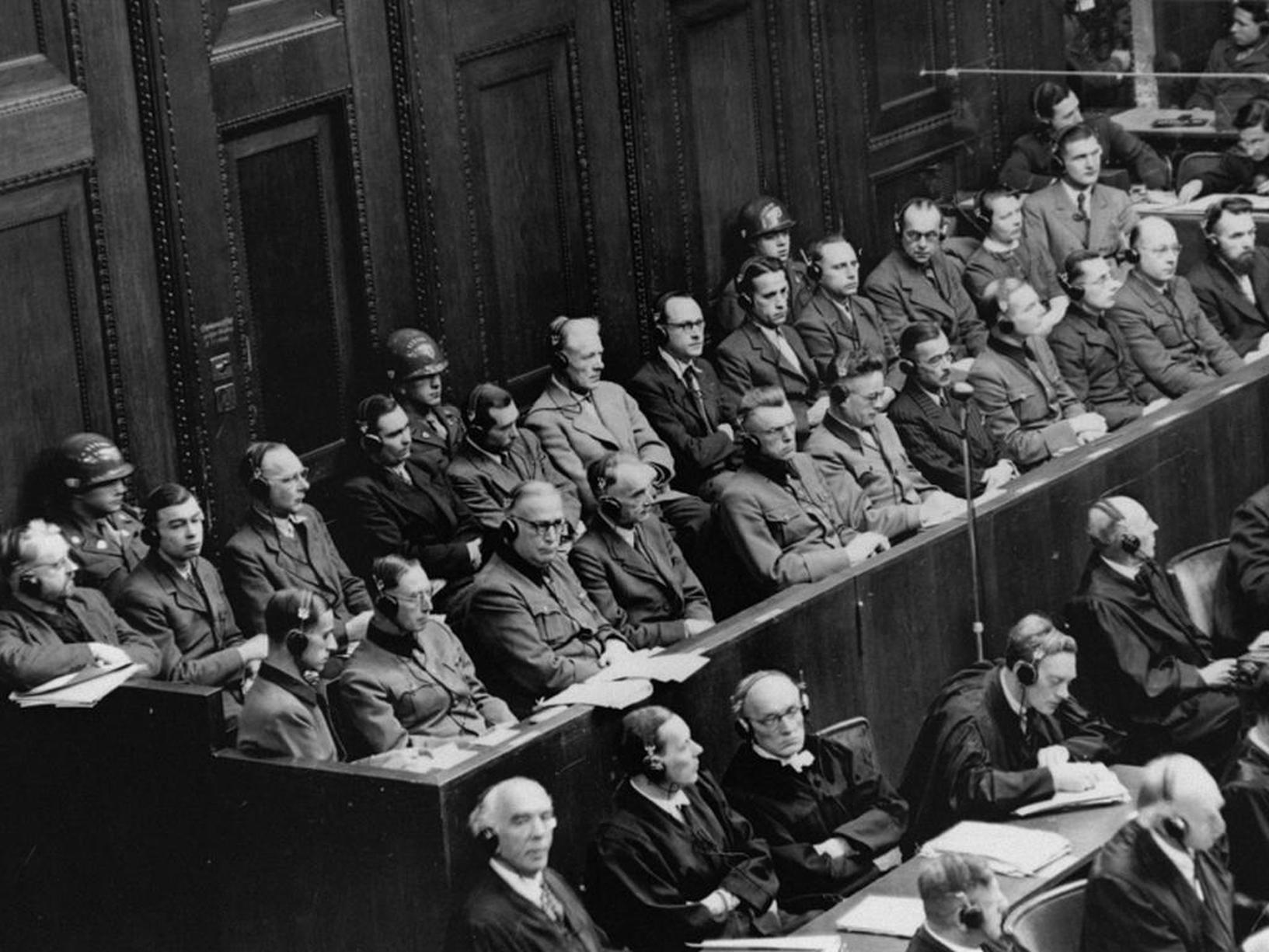
So there’s really no evidence that prenatal screening can perform a Gattaca-style selection for IQ?
We do know that IQ and cognitive abilities are highly heritable. But let’s say you measure IQ in a population of 100,000 people, and you determine the genes you think are behind it and how many of these genes are heritable. When you get to the stage of an individual using IVF to select for smarter genes, you’re choosing between ten possible eggs? Eight? Even four, maybe? The statistics fall off a cliff.
One paper I cite in my book suggests that if you’re picking between that many eggs, and you’re selecting for the very highest genetic associations with intelligence, you’re going to be able to improve IQ by one or two points. The margin of error for IQ tests is five points anyway because IQ is variable — it changes across your life and even based on whether you’ve had a coffee that morning or what day you take the test on.
I just think it's a colossal waste of money and that these services are cons. They’re looking for effects that we won't be able to see clearly for decades, and will be absolutely swamped by other factors. We know how to raise the IQ of the population already — you do it by improving childcare and reading books; improving teaching practices; providing better access to sanitation, medical care and sports facilities. All of these things have a very positive, and measurable, effect on the behaviors of individuals within societies.
But as ever with these types of things, people turn to the "authority" of science. Somehow tinkering with something that you really don't understand is going to be more advantageous than something that we know how to do — that being, I don't know, reading books or making sure that people are well fed.
Related: Humans might be making genetic evolution obsolete

You write in your book that in the U.S. a 2014 state audit in California revealed that 39 inmates had been forcibly sterilized between 2005 to 2013, and in 2020 reports emerged that 20 women had undergone involuntary sterilization in ICE detention centers. The involuntary sterilization of ethnic minorities and people with disabilities has been reported in countries such as China, India, Peru, Canada and Sweden. Why does this still persist despite it being so thoroughly discredited, both ethically and scientifically?
Because it's not a science, it's a mindset. It is a political view …
Eugenics is a manifestation of power. And in one of those situations you just described, it is the powerful dominating the powerless, in the most freedom restricting way possible — which is reproductive freedom.
It's an ideology that will never quite go away. The name changes, it becomes toxic after the Second World War, but the principle doesn't go away. Maybe it diminishes in that the numbers of people being sterilized against their knowledge or will today are minuscule compared to the genocidal numbers during the Holocaust and throughout the 20th century in America.
But it doesn’t go away because it’s a way of thinking — about people and about maintaining one's own power at the expense of others. And unfortunately, that doesn't look like it will disappear.
So we talk about it, we expose it as a non-scientific idea, and an idea that science will not be able to deliver. We educate people about genetics, so that others can't have my tools to enact their bigotry. Eugenics was bigotry disguised as biology.
Editor's Note: This interview has been condensed and lightly edited for clarity.







